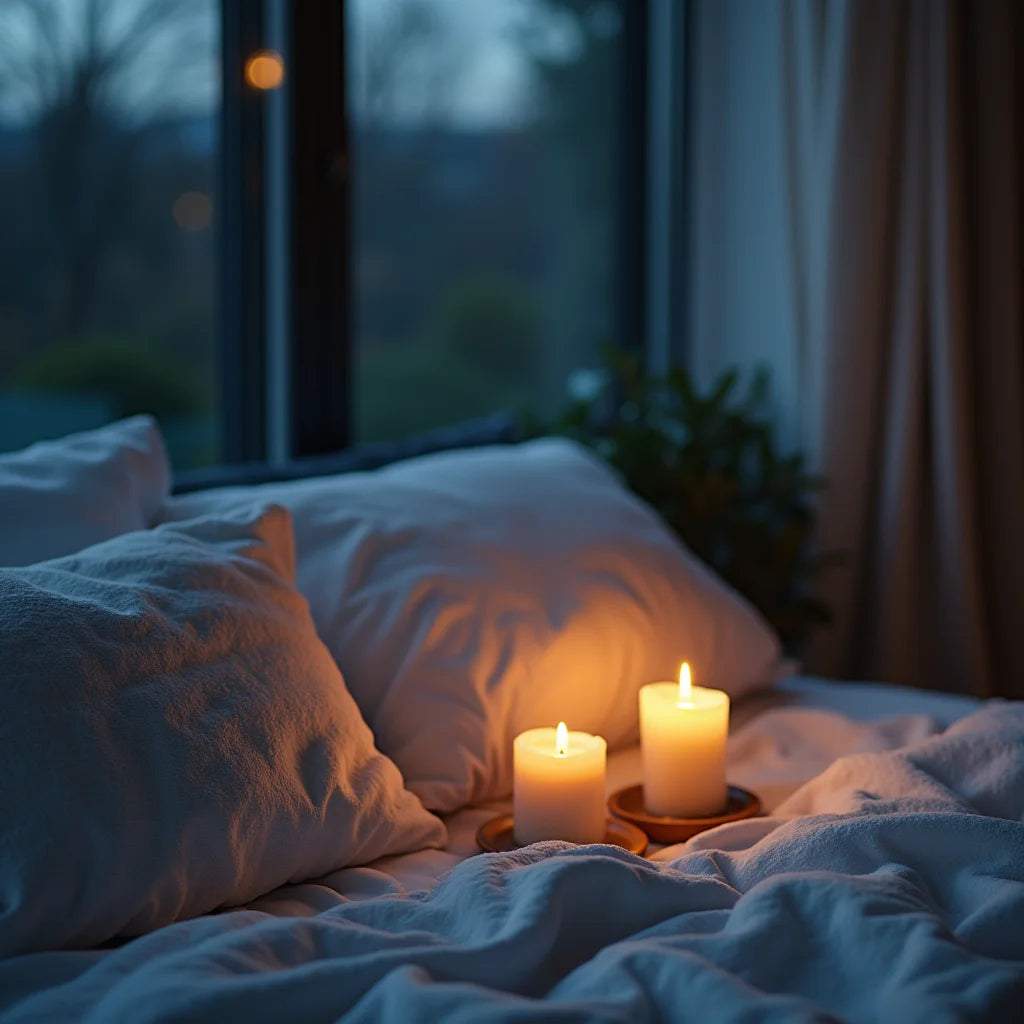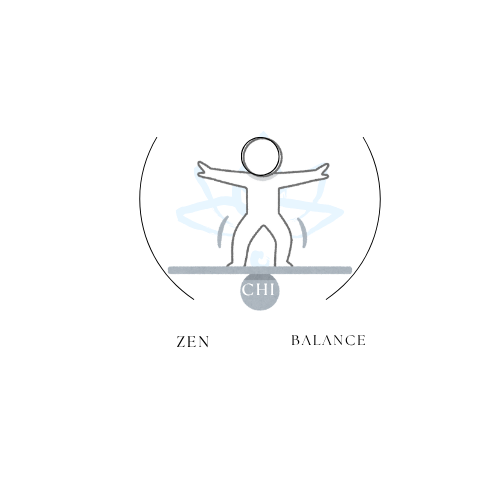
Evening Ritual Blueprint for Deeper Sleep and Calm Focus
Share
Updated on: 2025-10-17
Table of Contents
- Why an evening ritual supports calm nights
- How-To Guide: Build an evening ritual you can keep
- Common Questions Answered about your evening ritual
A thoughtful evening ritual can turn the last part of your day into a calm and welcoming pause. It does not have to be long or complex. A few steady cues can help your mind and body understand that the day is winding down. Many people use an evening routine, sometimes called a nighttime ritual, to create a smooth transition from activity to rest. This article offers a kind, simple framework you can personalize, with gentle ideas drawn from common sleep hygiene habits and wind-down routine practices. The aim is not perfection. It is a consistent rhythm you can return to whenever you need it.
How-To Guide: Build an evening ritual you can keep
Your evening ritual is most helpful when it feels natural and flexible. You can start small and layer steps over time. The structure below is a friendly template. Adjust it to your space, your energy, and your preferences.
Step 1: Set a gentle cutoff time
Choose a loose time when you begin to slow the pace of your evening routine. This is not a hard stop. It is a kind reminder that you are moving into your wind-down routine. You might close work tabs, finish errands, or pause notifications. A simple ritual, like turning on a soft lamp, can serve as your signal that the nighttime ritual has begun.
- Pick a consistent window rather than an exact minute.
- Use a calm reminder on your phone if it helps.
- Let others in your household know your plan, so it is easier to honor.
Step 2: Tidy and transition your space
A quick reset can make your environment feel more restful. Consider a five-minute tidy: clear surfaces, fold a blanket, or place items where they belong. These small actions signal closure for the day and support an evening ritual for better sleep by reducing visual clutter.
- Focus on what you see first when you enter your bedroom or main living space.
- Keep a small basket for stray items and sort it later.
- Turn down the bed or lay out tomorrow’s outfit to simplify the morning.
For gentle lifestyle ideas and reflections on calm living, you may enjoy the articles on our Blog.
Step 3: Dim the lights and soften sound
Lowering lights and reducing noise can help your senses ease into quiet. Soft lighting, warm color temperatures, and muted audio cues act as a calm backdrop. This step supports many people who prefer an evening ritual for anxiety relief, as low stimulation can feel soothing.
- Use a lamp or a dimmer rather than ceiling lights.
- Keep sound at a gentle level, or try a light, steady background noise if you prefer.
- Choose scents or textures that feel pleasant to you, such as a fresh sheet or a light room mist.
Step 4: Nourish and hydrate lightly
Simple, familiar choices can feel comforting in the evening ritual. Many people prefer a light snack or a warm, non-caffeinated beverage. The intention is not to change what you eat, but to select options that feel easy, steady, and enjoyable as the day closes.
- Choose a small portion that feels comfortable.
- Set your mug or glass in a consistent spot to create a cue for winding down.
- Rinse dishes right away to keep your space fresh.
Step 5: Care for your body
Body care is often the heart of a nighttime ritual. A short routine can be enough: wash your face, brush your teeth, and change into comfortable clothing. You might add light stretching, slow breathing, or a brief pause with your hand on your heart. The goal is a kind check-in with your body before rest.
- Keep supplies easy to reach so the routine stays simple.
- Choose textures and fabrics that feel good on your skin.
- Set a small towel or robe near the sink to reduce friction.
If you would like to know more about our calm-living approach and values, you can visit the About page.
Step 6: Unplug with care
Consider a short buffer between screens and bed. You might reduce brightness, switch to a gentler mode, or place devices away from the pillow. This is a supportive piece of sleep hygiene for many people. Choose what feels realistic and kind, not strict. Your evening ritual stays steady when it fits your life.
- Charge devices out of reach if that feels helpful.
- Use a simple alarm clock to reduce late scrolling.
- Try a short offline activity you enjoy for the last minutes of your wind-down routine.
Step 7: Reflect and prepare
Light reflection can clear your mind. You might write three lines in a journal, note one gratitude, or jot tomorrow’s top priority. This soft structure reassures your mind that plans are stored and you can settle now.
- Keep a pen and small notebook by the bed.
- Set clothes, keys, or a bag where you will see them in the morning.
- Use a gentle mantra such as “The day is complete.”
Step 8: Ease into rest
Choose a calm closing move for your evening routine. You might read a few pages, listen to a quiet track, or practice slow breathing. Let the environment invite stillness: cool the room slightly, straighten your pillows, and settle in. Your evening ritual is complete when you feel ready to rest.
- Keep a simple bookmark or timer so you can stop easily.
- Notice what helps you feel safe and comfortable.
- Remind yourself that consistency matters more than perfection.
If you would like support or have questions about creating a calm home environment, you are welcome to reach out through our Contact page.
For anyone just starting, it may help to choose two steps and keep them for a week. Then, add a third step when you feel ready. Over time, this flexible approach can shape a steady evening ritual without feeling overwhelming.
Common Questions Answered about your evening ritual
What is a good evening ritual to improve sleep?
A good evening ritual is the one you can keep with ease. Many people like a simple flow: a gentle cutoff time, a five-minute tidy, softer lights, light body care, a short offline activity, and a calm closing moment. This plan supports common sleep hygiene practices without being strict. It acts as a steady signal to slow down, which helps many people feel ready for rest. If you prefer a shorter version, you can choose three core steps and repeat them most nights.
To browse thoughtful ideas and calming practices, you can start on the Home page and explore resources that fit your style.
How do I create an evening ritual that reduces stress?
Keep it gentle and predictable. A comforting wind-down routine may include light movement, a few slow breaths, and a small organizing step like writing down tomorrow’s first task. For an evening ritual for anxiety relief, many people find that low-light, low-sound environments feel soothing. You can also set a small boundary around notifications. The key is to choose cues that tell your mind, “things are handled for now,” so you can step into quiet.
How long should an evening routine be?
Short is often effective. Ten to thirty minutes can feel very manageable. On busier days, even five minutes with two familiar steps can be enough to keep your nighttime ritual alive. If you enjoy longer routines, you can expand with reading, journaling, or gentle stretching. Aim for a length that feels calm—not rushed and not too long to keep.
What if my schedule changes often?
Try a modular approach. Choose two or three “core” steps you can do in almost any setting, such as dimming lights, washing your face, and writing one line in a journal. When you have more time, add “bonus” steps like light stretching or preparing tomorrow’s outfit. This way, your evening ritual remains consistent, even when timing shifts.
If you enjoy learning at your own pace, you may find helpful guidance on our About page and in the articles listed on our Blog. You are always welcome to connect with us through Contact if you have questions.

I'm a passionate curator at Zen Chi Balance, dedicated to spreading calm, harmony, and mindful living through faith-inspired lifestyle products. I help craft meaningful experiences for our global community of mindful shoppers.
The content provided is for informational and inspirational purposes only. It is intended to encourage personal growth, mindfulness, and balance in daily life. Zen Chi Balance does not provide medical, legal, or professional advice. For specific concerns or guidance, please consult a qualified professional. Visit us at www.zenchibalance.com for more inspiration and resources.
